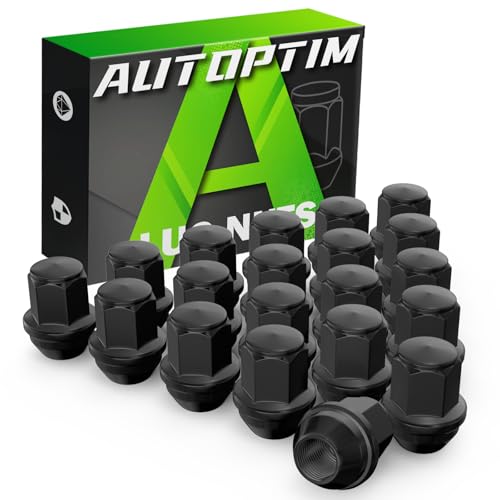I know you can step into a dark nasty mud hole when you start discussing camshaft selections, what qualified a 71-73 to receive a Mach1 hood, what is the Government really hiding in Area 51, etc. Oil pan discussions for the 351C cars seem to be another one of those category's. As I had posted before, Ford was in the business of building cars and trucks globally, and providing parts and service support. The powertrain engineers were responsible for the design of these engines right down to the fasteners required to assemble a running engine. Did they all leave the plant in the configuration the engineers had designed and intended? Of course not! The 351C was a very popular engine choice that was utilized in several car lines with Ford and Mercury. With such a high volume engine there was always going to be the occasional shortage of certain components and certain parts could be substituted to keep the line running. It was always said ( and David-Carolina_Mountain_Mustang will agree) in short of a direct nuclear bomb hit, the assembly line shut down for nothing.
The 65-72 final edition of the Master Ford Parts Catalog indicates the D1ZZ-6675-C double baffled pan for 1970/ 351 4bl, 351CJ, and Boss 351. The Mercury catalog shows the same info for the Cougar/Montego-Cyclone cars. The 73-79 Ford and Mercury catalogs show the same pan listed for the final two years (73-74) of the Q engine. Around 1975 the DOAZ-6675-A standard 2bl pan replaced the performance oil pans. In 1979 that pan was replaced by the D7AZ-6675-A 351M/400 oil pan since the 351C, 351M/400 shared the same pan shape/bolt configuration.
The excellent illustration Chuck provided is how the M,Q, and R engines were intended to be production built. There again, good chance they didn't all leave that way. Unless you are the original owner or knew the original owner you can't be certain of your cars history. Damaged pans, warranty repaired/replaced engines, out of warranty customer repairs and salvage yard engines also come into play on what you find on your cars 40+ years later.
Hopefully this has provided some useful info and not made things worse! Lol















































